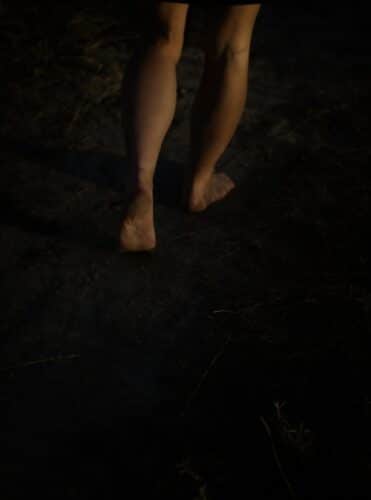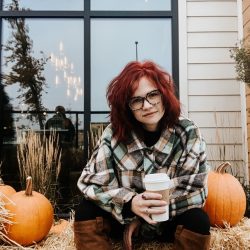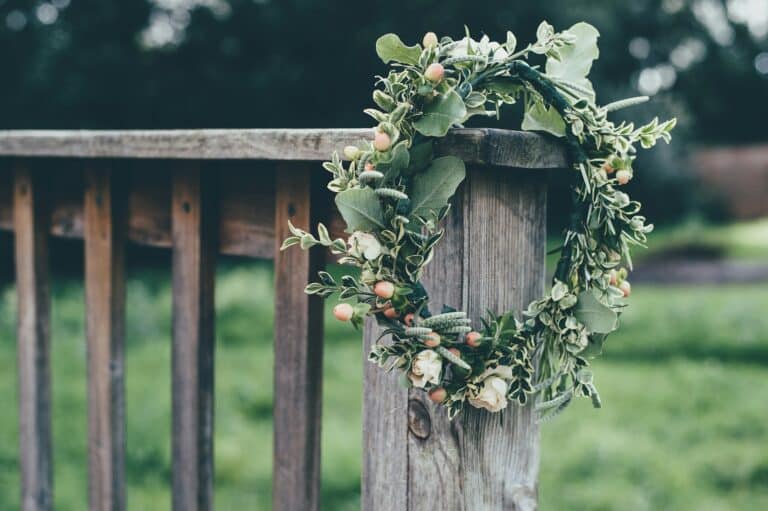With the support of Be Ceremonial, Ali Hiebert created her own liver transplant ceremony, complete with rituals that helped her heal and release what she needed to let go of before, during, and after her surgery.

I love the idea of ritual. I knew I needed to go into my surgery with the intention of healing, and I realized that a ceremony could help me do that. I’m not an organized person, so the idea of creating my own ceremony felt overwhelming. I had lots of ideas, but didn’t know how to bring them all together to create something meaningful.
With the support of Be Ceremonial, I created a pre-liver transplant ceremony. I wanted to prepare myself both physically and emotionally before going into such a life changing experience. I knew I wanted to thank my old liver for everything it had done for me while also welcoming my transplanted organ. I also knew that I wanted this experience to be solely my own, so I created a solo ceremony.
Transplantation is such a huge process, and everyone talks about the physical side, including what surgical recovery will be like. Yet, no one asked me to share any thoughts I had around the transplant itself, or the fears I was having around having someone else’s organ in my body. Choosing my own rituals with the help of Be Ceremonial was one of the only times that I felt really held in the emotional aspect of what it meant to undergo an organ transplant. I felt validated and truly seen for the first time when I was creating my ceremony.
During my ceremony, I drove out to this little field not too far from where I live, knowing I wanted to choose a sacred space and somewhere near nature. The first part of my ceremony was a rage release, or a screaming practice. I remember I screamed in the car to this song I’d picked out especially for this, and it was the first time I’d ever given voice to my anger about the whole situation. It was one of those moments when I wasn’t aware I was screaming at first. I had so many feelings inside, but from the moment I’d been listed for transplant I went into survival mode and pushed them aside. I wasn’t taught to create space to feel all of these emotions, especially the anger.
Next, I wandered out into the field and found a spot to sit. I brought some paper and a big red marker with me and I wrote down two lists: one that described what I was thankful for, including all that this liver had walked me through. The other was what I wanted to call into this next phase of my life. I don’t remember exactly what I wrote, only that it helped me focus on the immense gratitude at how far I’d come. I buried those lists and offered them back to the earth to transmute and become something new. I made a little cross out of sticks I found nearby, like a headstone that marked where someone died, except it was marking what I released.
I then found some objects in the area that represented strength and healing to me: a rock, a feather, a string. I took some deep breaths, closing my eyes and grounding myself into the earth. When I opened my eyes, there was a fox standing there, watching me. While it’s not uncommon to see a fox where I live, it was unusual for a fox to be so calm and seemingly unafraid.I looked down at my watch a while later and realized it had been almost an hour that this fox and I just sat, staring at each other. It never dawned on me to be afraid of this wild animal that was less than 50 feet away from me. Not too long after the fox went back into the woods, and I thanked the space for holding me, and I then left.
Later, I looked up what foxes represent and learnt that they are often connected with wisdom and our inner knowing, and that they can also serve as protection. Throughout this entire transplant experience, I continued to see a fox in moments I felt I needed a little extra guidance or wisdom. While no one could have known I’d encounter a fox that day, that was one of the most supportive aspects of the ceremony for me. Being on the earth and being able to witness and engage with nature like that was really powerful.
Looking back on my ceremony, I initially followed the rituals exactly as they were written, but I remembered reading that I could make them my own, so I ended up following my own intuition and going off script. What was on the paper served as a guide, and I made my own way from there.
My surgery ended up being a very complicated experience, and I was able to draw on some of the rituals I incorporated into my original ceremony into my recovery. As I moved through my post-op journey, I realized that I could take something as simple as taking my medication every day and turn it into a ritual.
My ceremony offered me closure on a specific chapter of my life. It was a way for me to say goodbye and also thank you to all that my body has done for me. It also helped me open myself up to healing in new ways. The act of ceremony is medicine in and of itself, and while it wasn’t prescribed by a doctor, it was just as, if not more, powerful in my healing journey.

The reason I sought out Megan was because of the connection I felt to the work she is doing. It’s also why I continue to engage with Be Ceremonial in my own ceremony work. Since my initial ritual, I’ve been able to walk with others who are receiving transplants or facing other life changes, helping them choose from the Be Ceremonial rituals to create their own ceremony.
Throughout this experience, I learned how to be held and how to hold myself. The fact that I could plant myself on the earth, or in front of a window, or just close my eyes and connect to that powerful energy was everything. I was able to tap into that alchemizing power, the ability to turn pain into power, and then call on that throughout my journey whenever I felt like I needed support.
Since my transplant, I haven’t left the medical world too much, and am currently waiting for another surgery where I will be incorporating ritual and ceremony very heavily in the pre and post surgical phases as well as surrounding the actual surgery. Also, since then it has become my job to help others walking through their own transplant journeys and health and loss experiences. Working one on one with people and in group settings has enabled me to share the power of ritual with my community, and to help them craft their own.
It is so important to me that individuals in complex health/grief experiences feel emotionally supported, which is something that is so lacking in our current healthcare system, and to be able to bring that to them is one of the biggest honours and privileges of my life.





